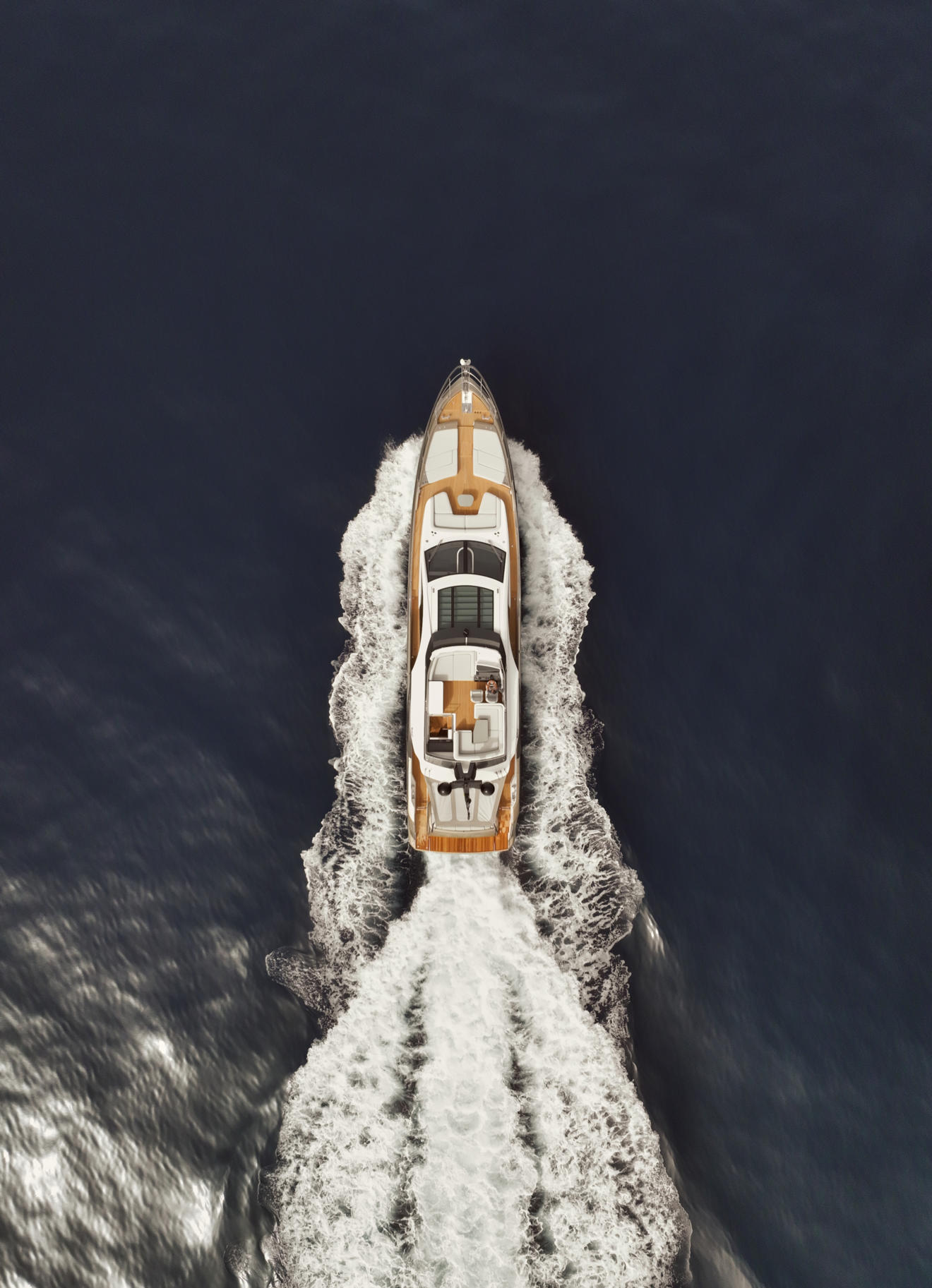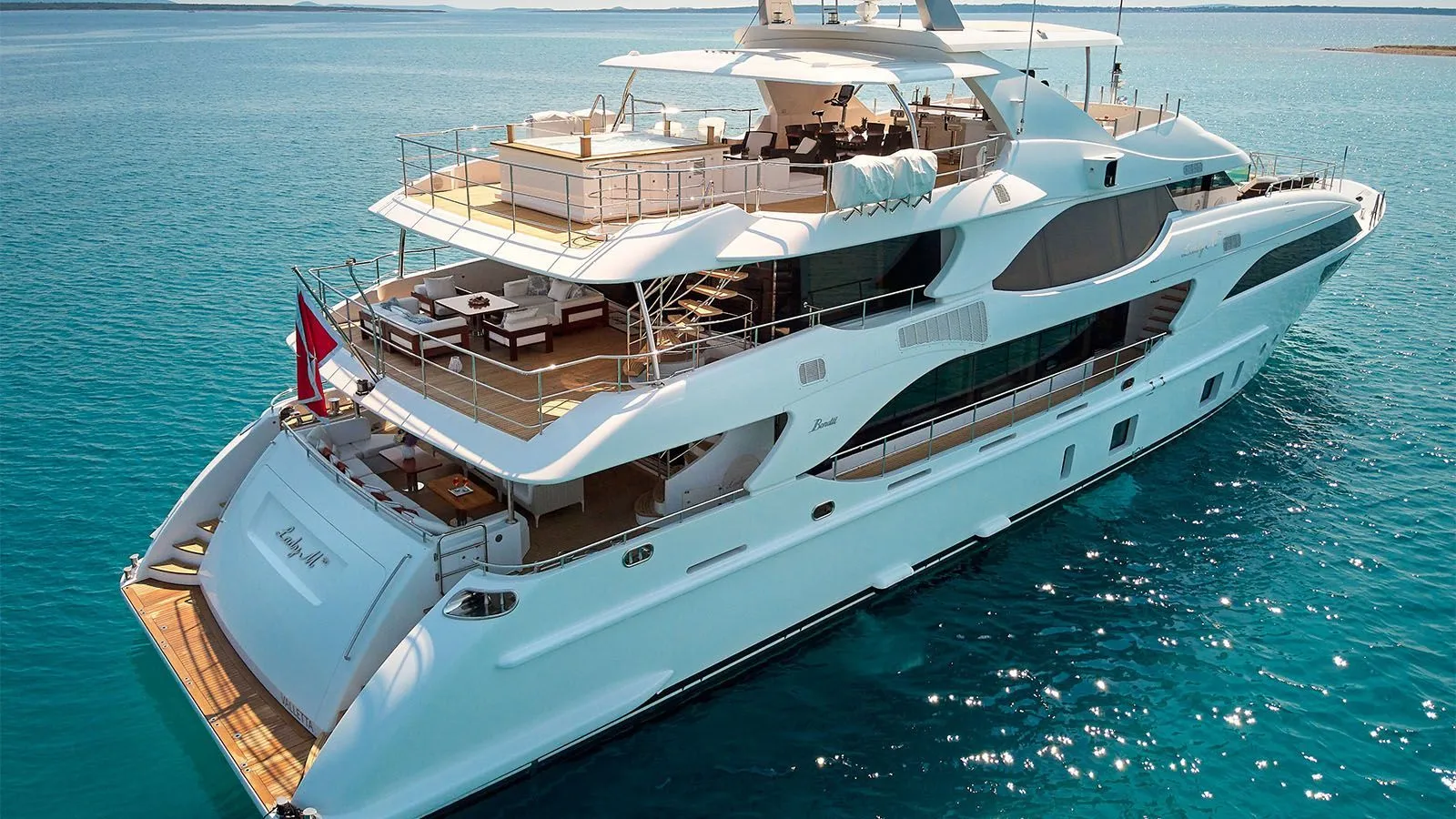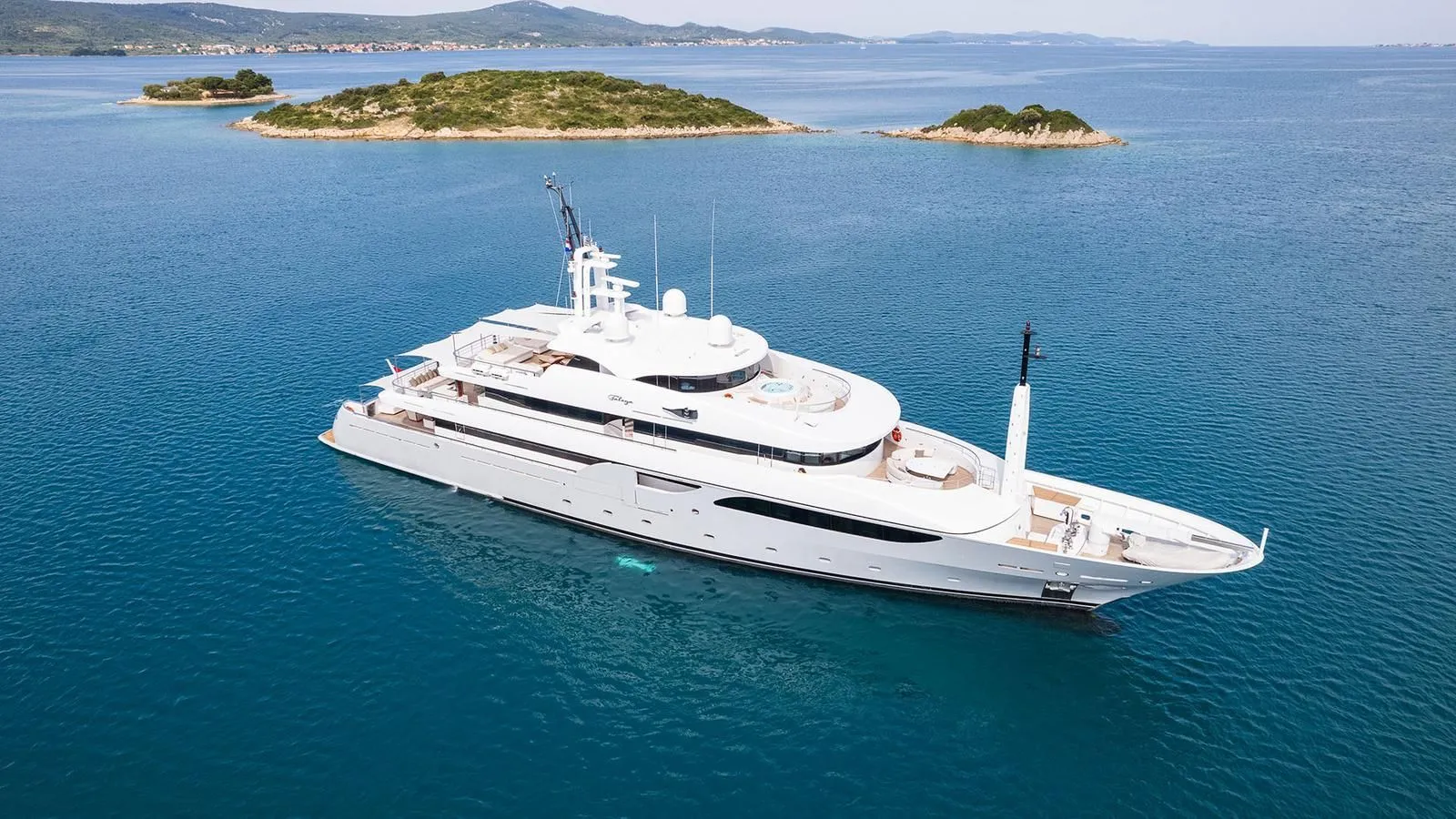Why are Yachts Called She?
For most of recorded history, ships (and later yachts) were firmly within the realm of men. They were operated, maintained, and defended by male crews. It does not matter if a ship served as a trader navigating treacherous waters, a pirate vessel seeking plunder, or a warship bristling with cannons – women aboard were rare. If they were present, it was often as passengers, cargo, or, tragically, victims of the era’s brutal norms.
On a ship, men found themselves isolated from the comforts of land, family, and traditional society. They were surrounded by other men, working and living together in the vast, unpredictable expanse of the sea. The ocean itself was deadly and indifferent, a constant reminder of their vulnerability. This environment bred a unique bond between sailors and their vessels—one rooted in survival and dependence.
The Ship as a “She”
In harsh and isolated settings, sailors began to anthropomorphize their ships, attributing them with distinct, feminine characteristics. This practice wasn’t born out of mere whimsy; it was deeply tied to the sailors’ experience.
To survive at sea, they needed to be intimately attuned to their ship’s every detail. Every creak of the timbers, every gust tugging at the sails, every vibration in the hull conveyed critical information. Ignoring these subtle cues could mean disaster.

The ship provided shelter and safety, allowing the crew to traverse dangerous waters. Sailors worked on her, slept in her, and depended on her resilience. They praised her when she carried them safely through storms and cursed her when things went awry. They crafted stories about her, endowed her with personality traits, and even gave her a name, often a beautiful and evocative one.
Female Aspects of the Ship
The ship was a mother figure, offering protection and sustenance. She enveloped her crew within her sturdy hull, cradling them as a mother cradles her child. Her strength was their security, her endurance their lifeline.

For men far from home and the companionship of women, the ship also took on romantic and, at times, sexual undertones. Her curves, her beauty, and the way she moved through the water evoked admiration and longing. This metaphorical relationship was often expressed in the way sailors spoke of “courting” their ship, treating her with care and devotion.
The sea is unpredictable, and so too, was the ship—at least in the eyes of her crew. She could be temperamental, needing coaxing and cajoling to perform at her best. When she weathered a storm or completed a difficult voyage, she was celebrated as a heroine. Sailors might have superstitions about her mood, interpreting her actions as though she had a will of her own.
The tradition of giving ships female names and adorning them with figureheads further reinforced their personification as women. Figureheads, often carved in the likeness of mythological goddesses or beautiful women, adorned the bows of ships, symbolizing protection and good fortune. These artistic representations were more than decoration; they embodied the spirit of the ship, making her an almost living entity in the eyes of her crew.
A Different Perspective
It is important to note that the tradition of calling ships “she” is deeply rooted in a male perspective. The femininity ascribed to ships often reflects how men of the time viewed women.
The ship was seen as beautiful, unpredictable, nurturing, and demanding—qualities that aligned with cultural stereotypes about women. This lens shaped not only how sailors interacted with their ships but also how they understood their relationship with the sea.

Today, the maritime world is far more inclusive, with women serving as captains, crew, and yacht owners. Yet the tradition of calling ships “she” persists, even as its origins become more historical than practical. Modern yachts, with their sleek designs and advanced technology, still evoke admiration and a sense of partnership from their owners and crews.
For many, the practice is a nod to tradition, a way of honoring the rich history of seafaring. For others, it remains a deeply personal expression of the bond they feel with their vessel. Whether a yacht is a luxurious superyacht or a modest sailing craft, she represents freedom, adventure, and the allure of the open sea.
The Yacht as a She
The tradition of calling yachts “she” is a testament to the enduring relationship between sailors and their vessels. Born out of necessity and shaped by centuries of male-dominated maritime culture, it reflects a blend of respect, dependence, and affection. While the context has evolved, the essence remains the same: a yacht, like any ship, is more than a mere object. She is a companion, a protector, and a symbol of human ingenuity and resilience.
So, the next time you hear someone refer to a yacht as “she,” remember the deep history and emotional connection behind those words. It’s not just a linguistic quirk; it’s a reflection of the profound bond between people and the vessels that carry them across the world’s oceans.
Charter Yachts
We present to you the best selling yachts for charter in 2021. Slide through these different yachts, ranging from 20 to 80 meters in length, and choose the best option for you. If you have any questions regarding yacht charter, destinations & yacht support, contact us.
VIEW ALL CHARTER YACHTS








